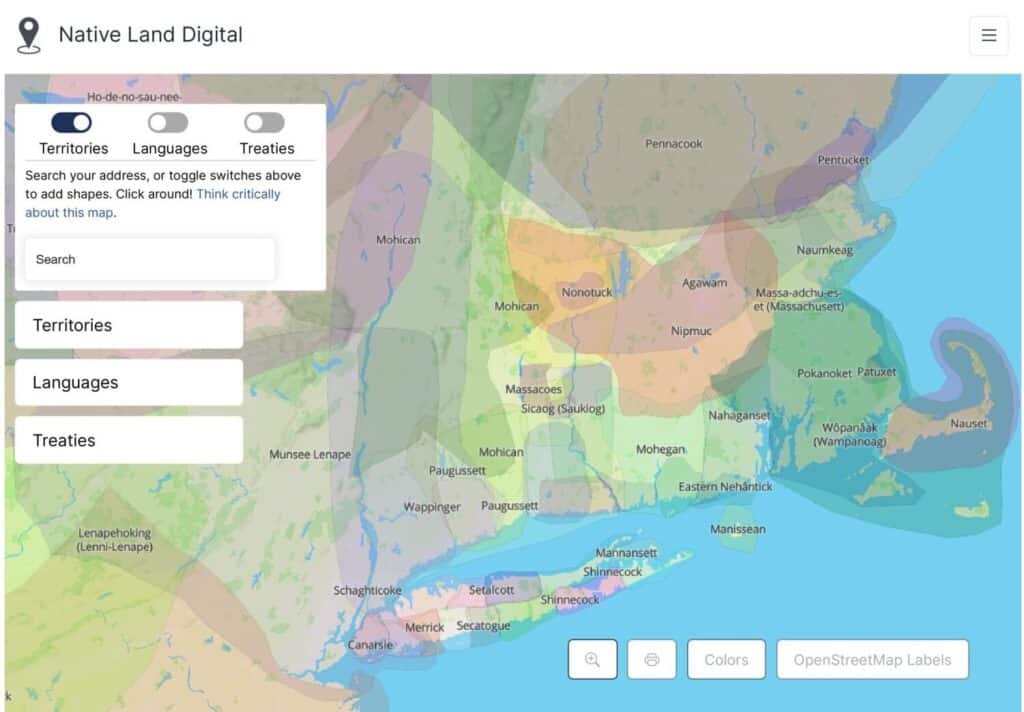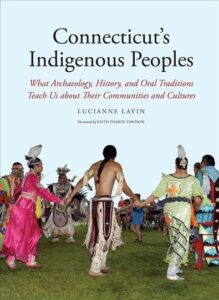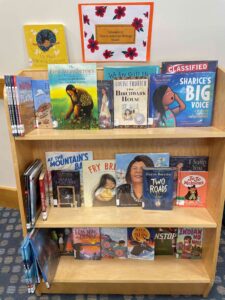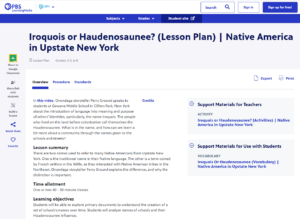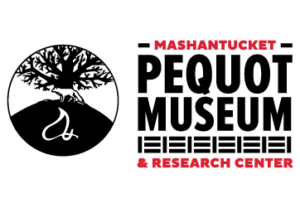Indigenous History Resources
Welcome to the resource guide for Indigenous history. Here, you’ll find a curated selection of databases, primary sources, and educator resources, as well as information about collections at local institutions in Fairfield County. This guide is meant to be a starting point for research and further learning about Indigenous history for a broad audience; we hope that everyone from students to teachers to seasoned historians will find these resources useful and learn something new. Built as a living resource, this page will continue to evolve and change as additional information and perspectives are added. We welcome your input and feedback as part of this ongoing process.
Native Land Digital
Native Land offers a set of educational tools – like this interactive map – that can help visitors learn more about the land they inhabit, and foster conversations about colonialism, Indigenous ways of knowing, and settler-Indigenous relations.
Terminology and Keywords
Throughout the resources below, you’ll find a number of different terms used to refer to Indigenous peoples, including “American Indians,” “First Nations,” and “Native Americans.” These discrepancies arise from many sources, including the fact that the United States legal system still refers to Indigenous people as “Indians” and the Library of Congress Subject Headings (the list of terms used by libraries to assign subjects to books and other library materials) still uses the subject heading “Indians – North America.” All of these terms have been used at one point or another, and there is no unanimously correct term to apply. Many Indigenous individuals have their own preferences for what they want to be called, and it’s generally best to use the terminology Native people and communities use to describe themselves. The consensus is that it’s best to refer to Indigenous peoples by their specific tribal name whenever possible, such as Mohegan, Pequot, or Munsee Lenape.
Because so many terms have been and continue to be used to describe Indigenous peoples, researchers may need to search databases and catalogs using many different search terms. A list of possible keywords is suggested below:
Keywords: Indigenous peoples, Indigeneity, American Indians, First Nations, Native Americans, Native, Alaskan Native, Indians, [Tribal Group Name]
Local Resources
If you’re looking for materials about Indigenous history that are available here in Greenwich, then check out these resources from the Greenwich Historical Society and the Greenwich Library.
At The Greenwich Historical Society
The Historical Society’s Museum collection contains very few objects relating to Indigenous history, consisting mainly of a number of projectile points and stone scrapers that were donated in the early 20th century with very limited background information. The Greenwich Historical Society Library & Archives contains a number books, digitized newspaper clippings, and articles pertaining to Indigenous history, including a number of archaeological reports on the Prehistoric midden that was excavated at Greenwich Point, as well as media coverage of the site’s subsequent destruction in 1994.
At the Greenwich Library
The Greenwich Library has a variety of books for adults and children that explore themes of Indigenous history and culture. These books represent many genres including memoirs, poetry, fiction, history, and investigative journalism. The reading list below was compiled as part of the Library’s celebration of Native American Heritage Month. You can also access scholarly articles and research through the Library’s remote access databases – for more information, see the Databases and Subject Guides section below.
At the Bruce Museum
The Bruce Museum is a world-class institution that brings together collections of art, science, and natural history. Their exhibition Resolute: Native Nations Art in the Bruce Collection highlighted a new perspective on Native Nations as historical and contemporary societies and provided new information about the people who built the collection of Native art at the Bruce. Below you can find images from the show, as well as the exhibition brochure. All images of Resolute and the brochure are provided courtesy of the Bruce Museum. If you are interested in learning more about the Bruce’s Native Nations collection, please contact them at info@brucemuseum.org.
Indigenous Voices Today
There are 574 federally recognized Indian Nations (variously called tribes, nations, bands, pueblos, communities and native villages) in the United States. Approximately 229 of these ethnically, culturally and linguistically diverse nations are located in Alaska; the other federally recognized tribes are located in 35 other states. Additionally, there are state recognized tribes located throughout the United States recognized by their respective state governments.
National Congress of American Indians
Native Newspapers and Journals
This collection of contemporary Indigenous news sources and academic journals covers a wide range of topics that affect Native people today. These include, but are not limited to: activism and protest, public health, the COVID-19 pandemic, tribal government and sovereignty, the MMIW Movement, education and language revitalization, environmental conservation and stewardship, land cession, property and land rights, and media representation and conflict.
Many of these resources feature Native authors and their perspectives on contemporary Indigeneity.
Tribal Nation Websites
Tribal nations are recognized as their own sovereign entities with a unique political status and relationship to the United States. Essential to this sovereignty is the right of tribal communities to govern themselves, which includes the inherent power to develop their own forms of government, determine citizenship, tax and regulate, and establish civil and criminal laws for their nations. To learn more, read “Tribal Nations and the United States: An Introduction” from the National Congress of American Indians.
Many tribal nations also have their own websites which they keep updated with information about the nation’s government, history, news, and more. You can find many tribal nation websites through the Native Land map.
Oral Histories
Oral histories and oral traditions are important sources of tribal history and knowledge, passed down from generation to generation. Oral history is the oldest form of “recording” history, and many oral traditions have existed for thousands of years. These primary sources transmit the cultural memories and teachings of tribal communities in their own words, and serve as a vital conduit for Indigenous histories, spiritual teachings, songs, poems, and ways of survival.
Research and Education
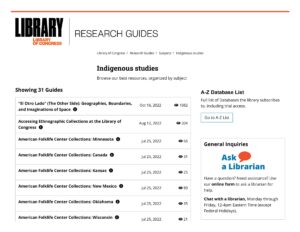
This collection of resources highlights various opportunities available for teaching and learning in K-12 settings. Ranging from broader curriculum to more focused lessons and instructional materials, this section provides a starting point for incorporating Indigenous history into classrooms, fostering ongoing dialogue and increasing awareness.
Other Organizations
Below you can find local, regional and national organizations that promote learning and engagement with Indigenous history and cultures.
